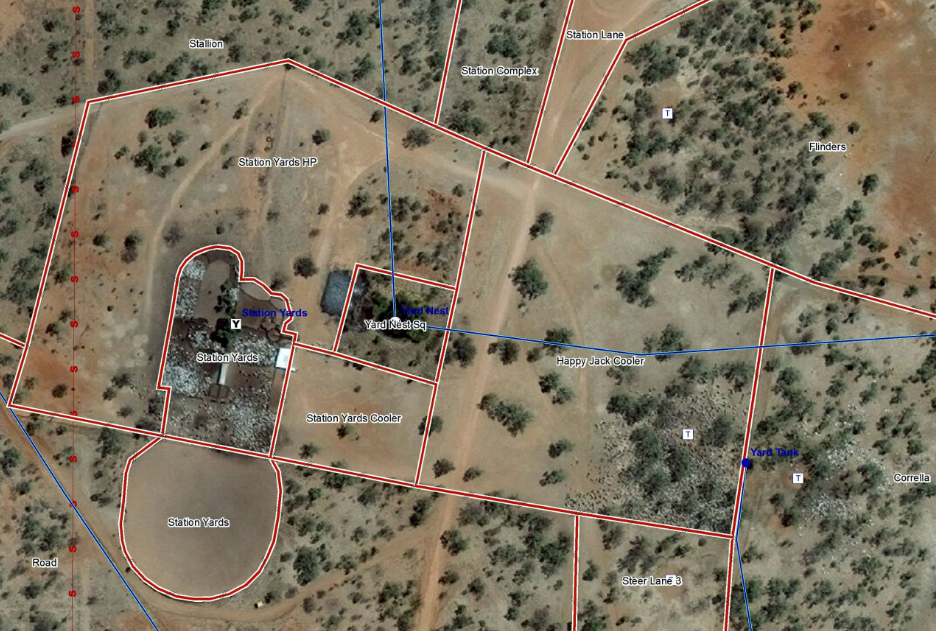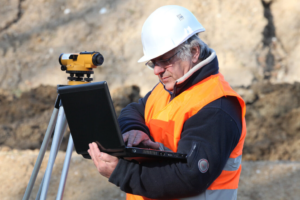In today’s technologically advanced world, traditional farming methods are rapidly being replaced by modern techniques. One such cutting-edge method is agricultural cartography, more commonly known as farm mapping. This blog post will delve into the five primary benefits of this innovative approach to modern agriculture.
Enhanced Record Keeping and Planning
One key advantage of mapping is improved record-keeping. With a well-crafted map, farmers can meticulously document various operations such as seeding and fertilizing. This aids in tracking the progress and effectiveness of these activities over time, enabling farmers to make informed decisions on future strategies.
Further, farm maps play a crucial role in emergency planning. They provide valuable information about the location of vital resources and potential evacuation routes, ensuring preparedness in case of unforeseen incidents.
Visualisation of Crop Health
The second benefit of agri-cartography is the ability to visualise crop health. With the help of drones for agriculture mapping, farmers can closely monitor their crops’ health status. This not only helps in identifying areas that require immediate attention but also aids in predicting future yields with greater accuracy.
Creation of Accurate 3D Models
Agriculture mapping drones are capable of creating accurate 3D models of farms. These models offer a detailed perspective of the land, helping farmers understand the terrain better. This understanding is vital in planning the placement of crops and other farming infrastructure making land surveyors very important.
UAV Lidar Mapping: A Game Changer
UAV Lidar mapping is an emerging technology that has the potential to revolutionize agri-cartography. This technology uses light detection and ranging (Lidar) to measure distances. It can generate highly accurate and detailed maps, making it an invaluable tool for farmers. The use of Lidar technology can further enhance the precision of farm maps, leading to more efficient farming practices.
Enhancing Land Use Planning
The fifth and final advantage of agricultural cartography is its significant contribution to land use planning. Farm maps can be used to identify areas suitable for different types of crops, based on various factors such as soil composition, sunlight exposure, and water availability. This leads to optimized usage of the land, ultimately resulting in higher yields and better resource management.
Conclusion:
To sum up, farm mapping is a powerful tool that has the potential to transform modern agriculture. Its benefits range from improved record keeping and emergency planning to enhanced visualisation of crop health and accurate 3D modelling of farms.


